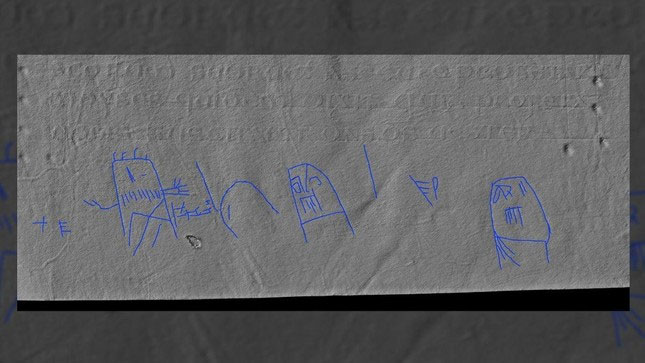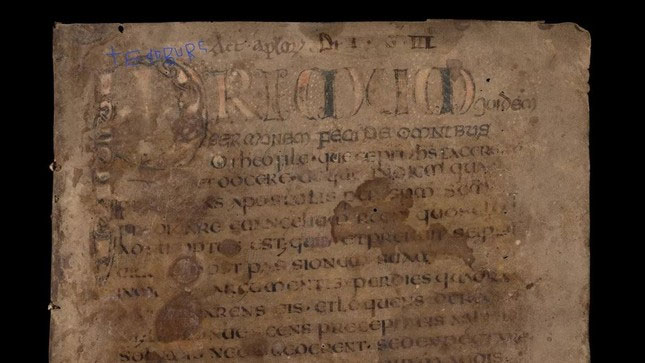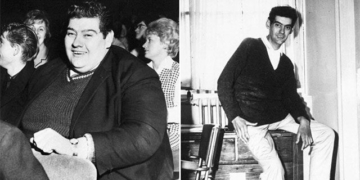Researchers have discovered secret doodles in a medieval manuscript that is over 1,200 years old. The hidden marks, which were made without ink, were found on the pages of a medieval book in the library of the University of Oxford, England.

The inkless drawing depicts a person with arms outstretched towards another person who is raising their hand.
The nearly invisible sketches on the pages – in one instance, they illustrate a person extending their arms towards another who is reaching out as if to stop them.
Researchers believe that Eadburg – the manuscript’s scribe – wrote her name to highlight sections of the text – a Latin copy of “The Acts of the Apostles” created in southern England between 700 and 750 AD.
“We have now identified five instances where Eadburg’s full name is written on five different pages of the manuscript. Other abbreviated forms of the name – including E, EAD, and EADB – have been found in the margins of these pages and ten other pages so far,” said Jessica Hodgkinson, a PhD candidate in history at the University of Leicester, who made this discovery.
The Mystery of Inkless Writing

When the digital recreation is overlaid on the original page, it reveals the name “Eadburg” – an Old English name for women – written there without ink.
Hodgkinson notes that the inkless traces – known as “dry points” have been discovered in other medieval manuscripts, but they usually consist of simple cross marks to highlight parts of the text.
Even more perplexing are the inkless sketches drawn on some pages.
Scientists hope to learn more about the mysterious writings and drawings, and perhaps about the person of Eadburg herself. One hypothesis is that Eadburg was the abbess of a female religious community in the mid-eighth century.

















































